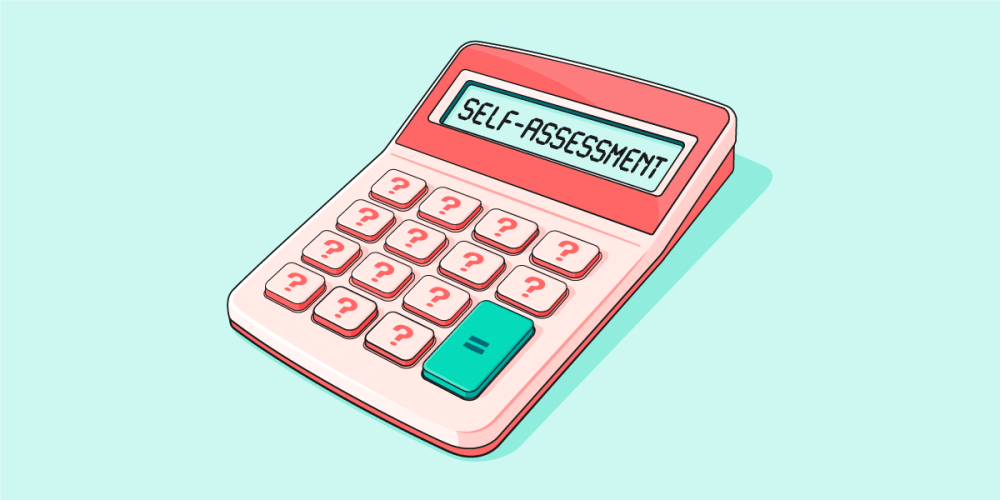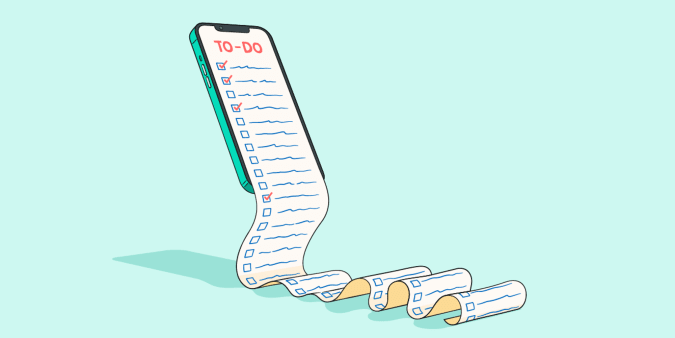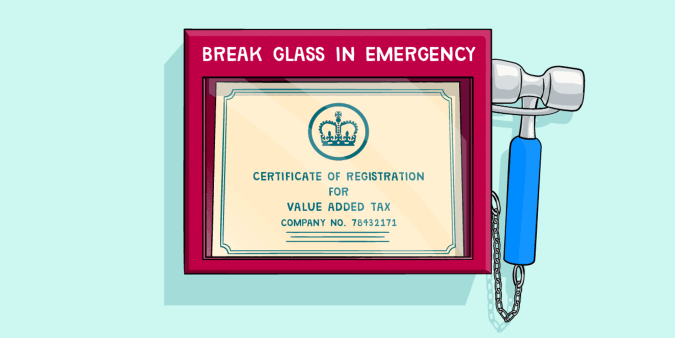How is your Self Assessment tax bill calculated?

Whenever you get handed a bill, you might be curious to know where the final figure came from. This is certainly true of your annual Self Assessment tax bill. With the 31st January filing deadline approaching, we explain how your Self Assessment bill is calculated, when and where you can view it, and how FreeAgent can help.
What is a Self Assessment tax bill?
HMRC uses the Self Assessment system to collect Income Tax and, where applicable, National Insurance. If you earn income that HMRC doesn’t already know about, including profit from your business, you need to report it in a Self Assessment tax return each year. HMRC uses the information you report to calculate how much tax and National Insurance you owe and to generate your Self Assessment tax bill.
Who has to file a Self Assessment tax return?
Some individuals are legally required to file a Self Assessment tax return to HMRC by 31st January each year, while others may choose to do so voluntarily. If you’re not sure whether you need to submit a tax return, you can use the Self Assessment checker on HMRC’s website or read our guide to who needs to file Self Assessment.
How is your Self Assessment tax bill calculated?
Your Self Assessment bill consists of Income Tax and, where applicable, National Insurance. HMRC calculates how much Income Tax you owe by adding together all your taxable sources of income and then deducting any allowable expenses, available capital allowances and/or other allowances, and your personal allowance for the year. HMRC then applies the relevant rate of tax to each income source.
Depending on where your income comes from, you may also have to pay National Insurance. If you’re self-employed, you’re usually required to pay two types of National Insurance: Class 2 and Class 4. You can find out more about self-employed National Insurance rates on the government’s website. HMRC will determine which type of National Insurance you’re required to pay and how much you owe based on the information you report in your Self Assessment Tax return.
HMRC will deduct any tax that you have already paid ‘at source’ (such as tax deducted from your salary by an employer) from the amount of Income Tax and National Insurance you owe to calculate your final liability.
Further reading: If you need information about preparing for Self Assessment or how to complete your tax return, you can find all the key information, along with more detailed guides, on our Self Assessment hub. There’s also more information available in the government’s guide to understanding your Self Assessment tax bill.
Payments on account
If your total bill for Income Tax and Class 4 National Insurance comes to over £1,000 a year, and you have not already paid at least 80% of your tax at source, your tax bill will state that you need to make a payment on account. This is one additional payment towards next year’s bill on 31st January, followed by another payment on 31st July.
Any payments on account that you made in the previous tax year will be deducted from your tax bill for the current year.
When can you view your bill?
If you file your tax return online on HMRC’s website, your Self Assessment tax bill will be displayed in the ‘View your calculation’ area as soon as you’ve provided all the required information. Once you’ve filed your completed tax return online, your bill should be available for you to view in your final tax calculation.
If you file a paper tax return, you’ll receive your tax bill in the post after you’ve sent your completed tax return to HMRC.
When you know how much you owe, all that remains is to pay your Self Assessment tax bill by midnight on the 31st January that follows the end of the tax year that you’re paying for.
Filing your Self Assessment tax return with FreeAgent
If you’re a sole trader, a limited company director or an unincorporated landlord and you’re looking for a way to make the Self Assessment process simpler, our award-winning online accounting software might be the answer.
With support for the Main Return, the Employment page, the Self-employment page and the UK property page, FreeAgent takes the data you enter throughout the year to complete parts of your tax return automatically. When you’ve provided all the required information, your final tax bill will be available for you to view in the following areas of your FreeAgent account:
- your Tax Timeline
- the Self Assessment summary page
- the top of each page of your tax return
When it’s time to file your tax return, all you’ll need to do is double-check the information you’ve provided. You may also want to ask an accountant to check the information. Then it’s simply a case of clicking the ‘Prepare to file online’ button to submit it directly to HMRC.
You can find more information for sole traders, limited company directors and unincorporated landlords about using FreeAgent to complete and file your Self Assessment tax return in our Knowledge Base.
If you’d like to learn more, why not try a 30-day free trial to see for yourself how FreeAgent can help with Self Assessment. There’s a reason 9 out of 10 businesses feel more confident about their finances using FreeAgent (Small Business Monitor survey, Autumn 2023).
Originally published
Last updated
Disclaimer: The content included in this blog post is based on our understanding of tax law at the time of publication. It may be subject to change and may not be applicable to your circumstances, so should not be relied upon. You are responsible for complying with tax law and should seek independent advice if you require further information about the content included in this blog post. If you don't have an accountant, take a look at our directory to find a FreeAgent Practice Partner based in your local area.


